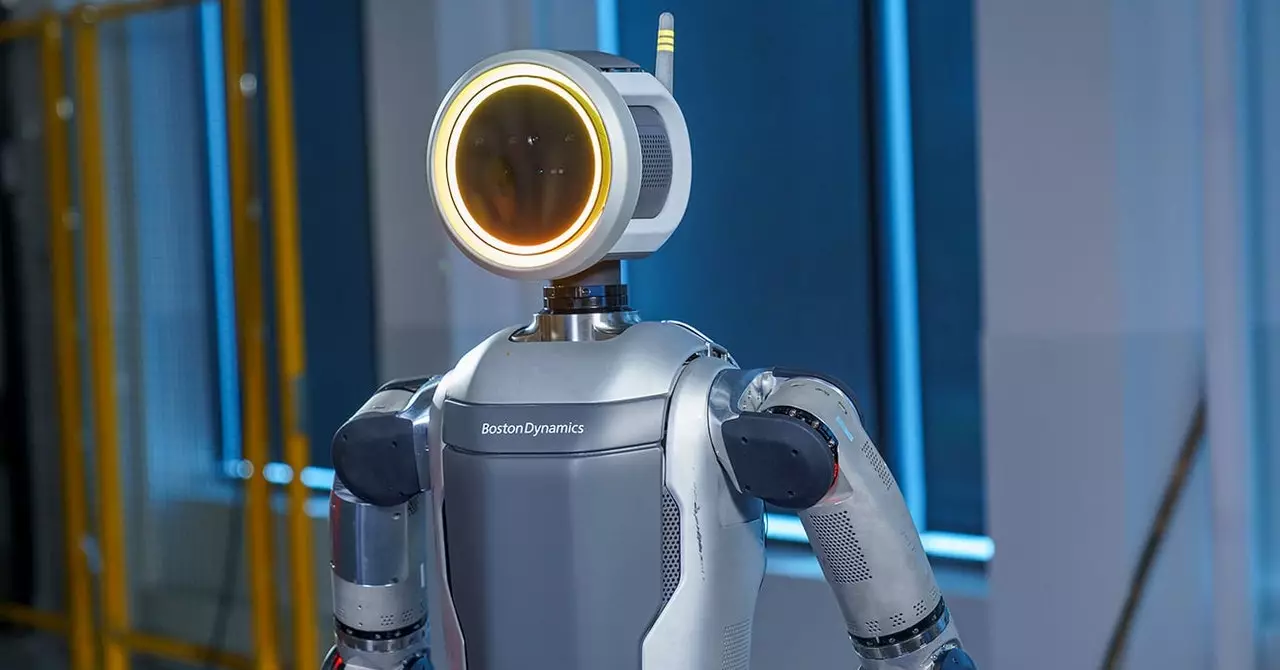As technology advances at an exponential rate, the line between science fiction and reality continues to blur. The emergence of super-strong, all-terrain, bipedal humanoid robots has sparked a wave of concern among the public. The fear of these machines being programmed to cause harm to humans is not unfounded, especially considering the capabilities demonstrated by the New Atlas robot.
Hyundai, the automotive giant that acquired Boston Dynamics in 2020, seems to have ambitious plans for the New Atlas. With the ability to perform tasks with precision and efficiency, this humanoid robot could potentially revolutionize the manufacturing industry. While details about its specific roles remain undisclosed, speculations suggest that it will be deployed in Hyundai’s car factories to undertake repetitive tasks.
The integration of humanoid robots into the workforce is not unique to Hyundai. Other companies, such as Sanctuary AI and Figure, are also paving the way for the future of work. Sanctuary AI, partnering with Magna, aims to introduce humanoid robots to automotive assembly lines. On the other hand, Figure, backed by tech giants like Nvidia and Microsoft, is focused on developing generative artificial intelligence for humanoid robots with the ability to learn dynamically.
While the potential for humanoid robots to enhance productivity and efficiency in various industries is undeniable, ethical considerations must not be overlooked. The concept of robots with the capacity to learn and adapt raises questions about the implications of their actions. As these machines become more integrated into the workforce, ensuring that they operate safely and ethically is crucial to avoid potential risks.
As we stand on the brink of a new era where humanoid robots are poised to redefine the concept of work, uncertainty looms large. The rapid progress in robotics and artificial intelligence demands a thoughtful approach to leveraging these technologies responsibly. While the allure of innovation is undeniable, the need for caution and regulation is equally imperative to safeguard against unforeseen consequences.
The advent of humanoid robots in the workplace represents a monumental shift in the dynamics of labor and automation. While the possibilities are endless, vigilance and prudence are essential to navigate this uncharted territory successfully. As we embrace the future of work, let us ensure that the integration of technology aligns with ethical standards and human values. The coexistence of humans and robots in the workforce presents both opportunities and challenges that must be met with foresight and integrity.


Leave a Reply
You must be logged in to post a comment.